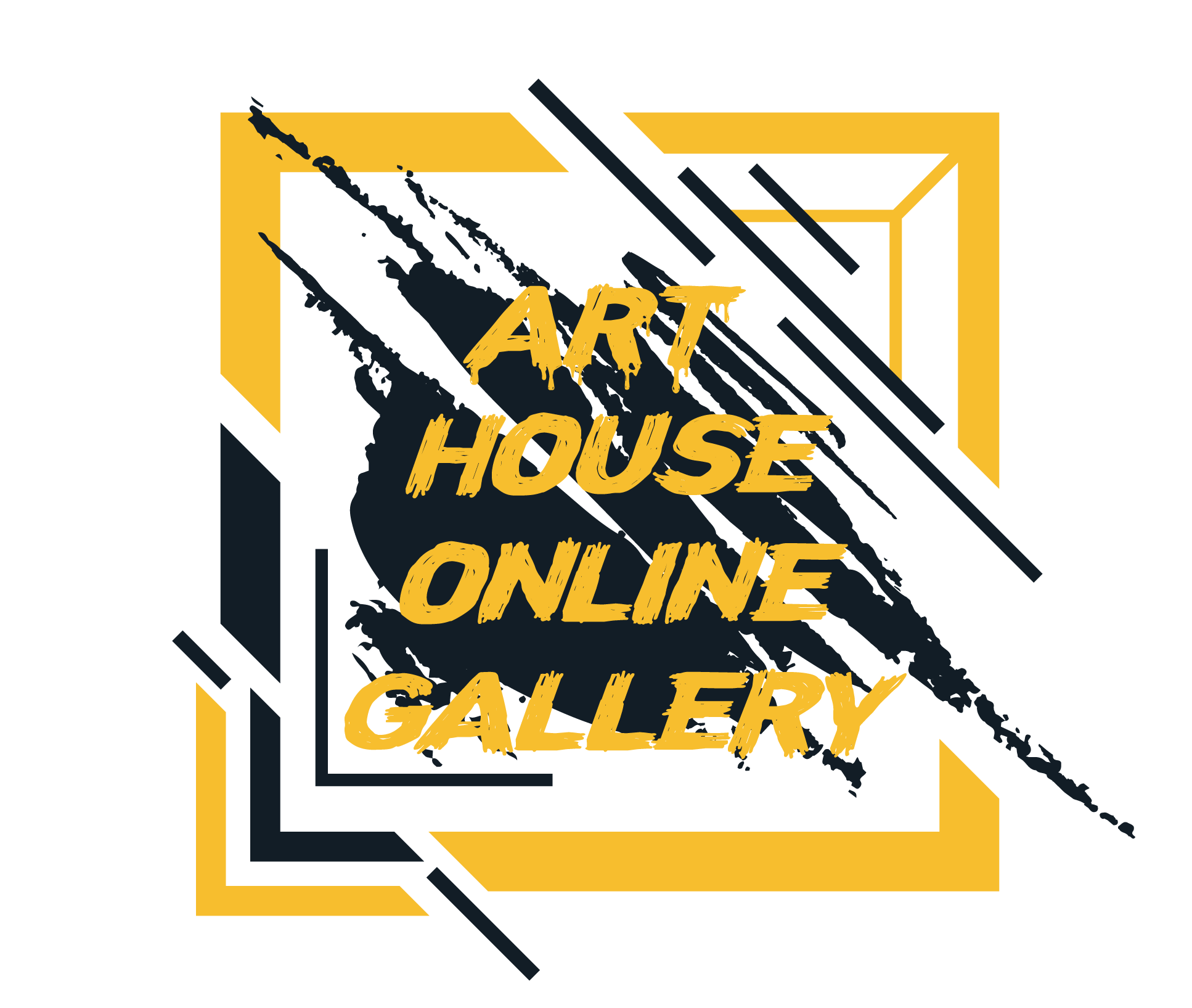Crosshatching
Crosshatching is a drawing technique commonly used in illustration, sketching, and shading to create value, texture, and dimensionality. It involves the application of intersecting lines or strokes, typically drawn in a series of parallel lines, to build up areas of shading or tone.
Here’s how crosshatching works:
- Drawing Parallel Lines: The artist begins by drawing a series of parallel lines in one direction, either horizontally, vertically, or diagonally, depending on the desired effect and the shape of the object being shaded. The spacing between these lines can vary to create different densities of shading.
- Layering Crossed Lines: Once the initial set of lines is drawn, the artist adds another layer of lines that intersect the first set at an angle. These crossed lines create areas of darker shading where they overlap with the initial lines.
- Building up Tone: By layering and crisscrossing lines at different angles and densities, the artist gradually builds up the tonal value and creates a sense of volume, form, and depth in the drawing. Areas of lighter shading may have fewer and more widely spaced lines, while darker areas may have denser and more closely spaced lines.
- Controlling Pressure and Direction: The artist can control the thickness, darkness, and direction of the lines by varying the pressure applied to the drawing tool (such as a pencil, pen, or brush) and by changing the angle at which the lines are drawn. Lighter pressure and thinner lines can create lighter values, while heavier pressure and thicker lines can produce darker values.
- Texture and Style: Crosshatching can be used to create a variety of textures and styles in a drawing, ranging from smooth and subtle shading to bold and expressive marks. By adjusting the spacing, length, and angle of the lines, artists can achieve different effects, such as stippling, hatching, or scribbling.
Crosshatching is a versatile and effective technique for adding depth, dimension, and realism to drawings, and it is widely used by artists in various mediums, including pencil, pen and ink, charcoal, and digital art. With practice and experimentation, artists can master crosshatching and use it to enhance their drawings in unique and creative ways.

